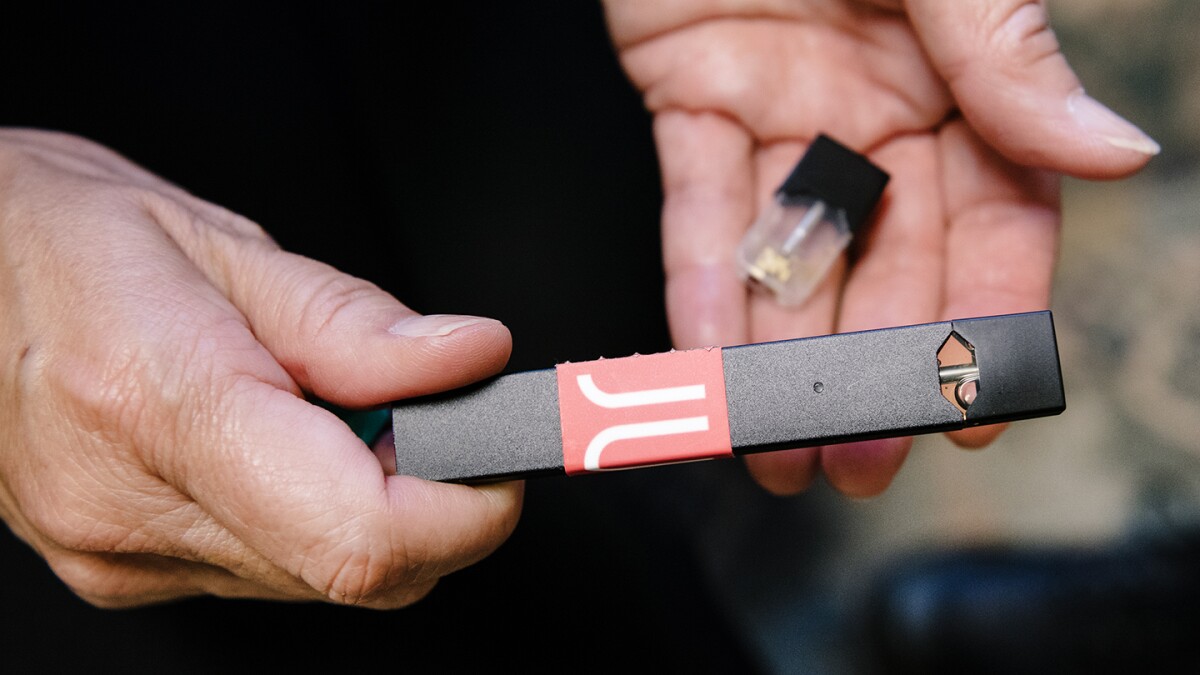Electronic cigarettes, or vaping has become increasingly commonplace in recent years, raising concerns about their safety and health. Vaping exposure from secondhand sources is a major concern especially in enclosed spaces like homes, schools and offices. To address this issue the majority of people are using vape detectors, which can monitor and detect the use of vapes indoors. We will look at the different kinds and features of vape detectors, and how they are able to work in different circumstances.

Vape detectors are electronic gadgets which use sensors to determine the presence of smoke from vape or particles in the air. They can be used to detect the emission of vapour in indoor areas. This is useful for enforcing laws against smoking and identifying places where vaping may occur. There are numerous types of vape detection devices, such as those that can be employed in public places and schools as well as at home.
Vape detector use are becoming increasingly popular among families who want to protect their children from the harmful effects of secondhand smoke. These detectors can be discreetly placed in living areas where smoking cigarettes could occur. These detectors make use of different sensors to identify vaping. They can even detect particles from devices used for vaping through PM2.5 sensors. Some vape detectors come with smartphone applications that alert you if vaping is detected.
Schools are a different setting in which vape detectors are employed to deal with the problem of indoor vaping. Many schools have adopted no-smoking policies that also ban the use of electronic cigarettes. Vape detectors help administrators enforce the rules by identifying areas where students could be using vape. They are typically installed in common areas such as bathrooms, hallways, and locker rooms, and can be connected to an automated monitoring system that alerts administrators when vaping is identified.
They are better than those made for home use, since they cover a wider area and are able to differentiate between vaping (and other forms of smoke) and particles. They make use of a variety of sensors, including laser scattering sensors to detect vaping and provide accurate readings. Some models distinguish among different vaping devices like e-cigarettes as well as vaping pen.
Vape detectors are used in casinos, hotels and other public spaces, such as schools, workplaces as well as homes. These detectors monitor indoor air quality and are able to detect smoking. They’re designed to provide a healthy and secure environment for guests and employees. They are suitable for general areas, like conference rooms, break rooms, and lobby spaces. They provide real-time info about indoor air quality.
Vape detectors that utilize laser scattering for the purpose of detecting vaping particles is a major characteristic. The technology is extremely sensitive and can detect even small quantities of vape in the air. It operates by shining laser light through the air in order to identify any particles. The vape detectors have the ability to give extremely precise readings of the indoor air quality. They can also pinpoint the areas where smoking takes place.
Vape detectors that are suitable for use in the home are also equipped with a crucial feature: they can be linked to mobile apps that send out alerts and notifications immediately when vaping is discovered. This feature is helpful to parents keen to keep track of the habits of their children’s smoke, or to school administrators that want to know what happens when students use vape. Some devices for vaping have cloud-based data storage that can be useful in tracking patterns in the quality of air indoors as well as identifying areas that need more focus.
Vape detectors can be utilized to monitor and detect indoor vaping, whether in public spaces, like schools and homes. They make use of different technology and sensors to provide precise readings of the quality of indoor air. They can also be connected to smartphone apps for real-time notifications.
Vape detectors protect those who are exposed indoor air pollution. By removing distractions, they allow us to concentrate on ensuring purest air quality possible. They are still relatively new, and their results must be investigated. However, it is believed they have the potential to improve the quality of air in our homes as well as our overall health. The vape detector technology is highly effective in capturing and reducing harmful elements like carbon monoxide as well as ultrafine particles (PM2.5). Vape detectors are able to detect substances that are vaporized with greater precision and ease than before. Vape detectors make an impact positive on both health and safety. As this revolutionary technology expands in usage, it could in the future help us safeguard our family members from harms that are associated with smoking secondhand cigarettes or vaping in our homes.
